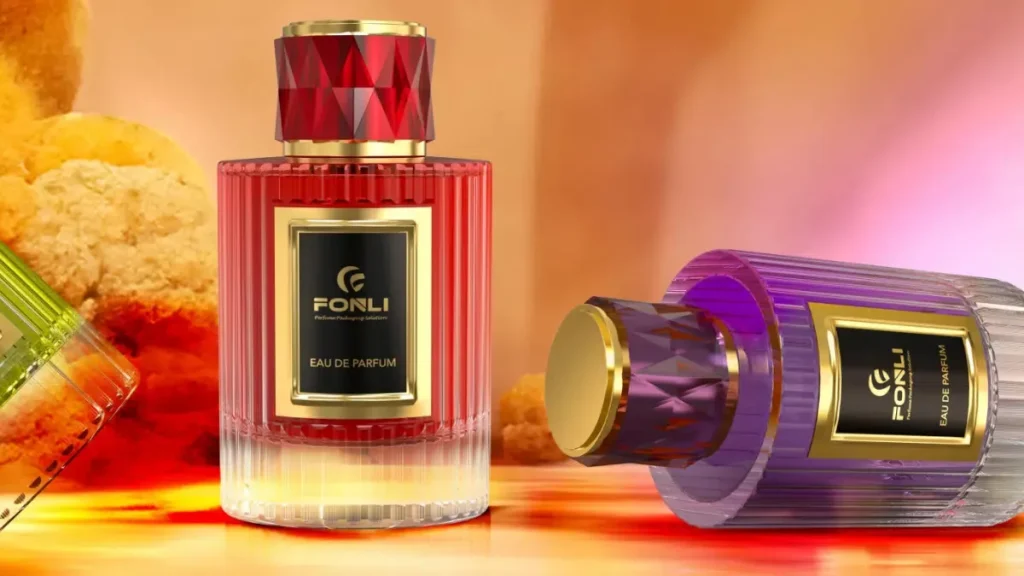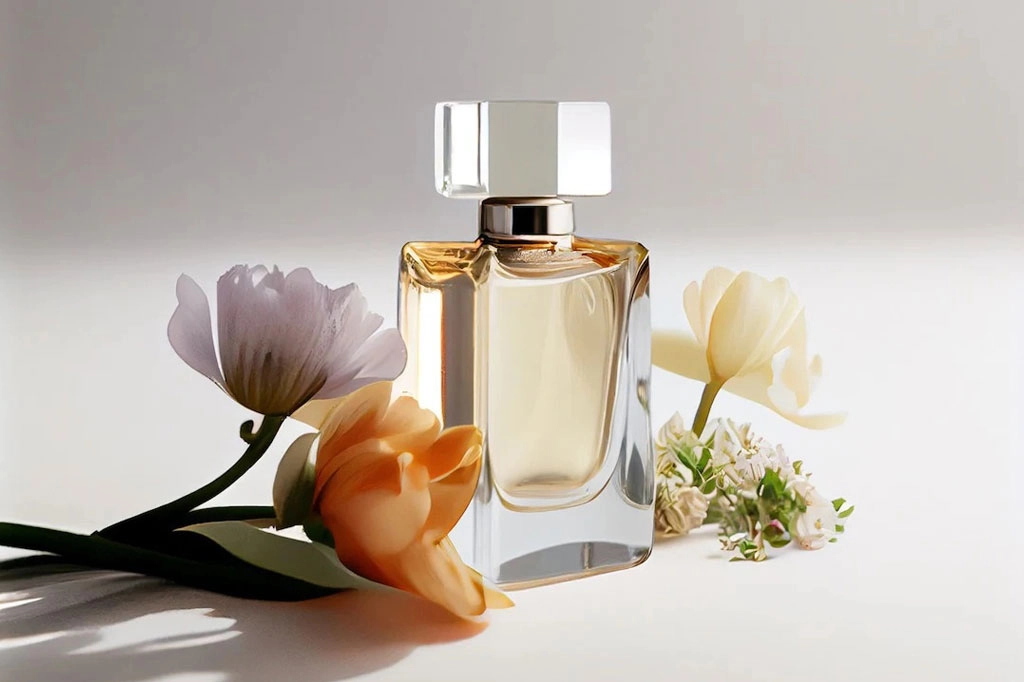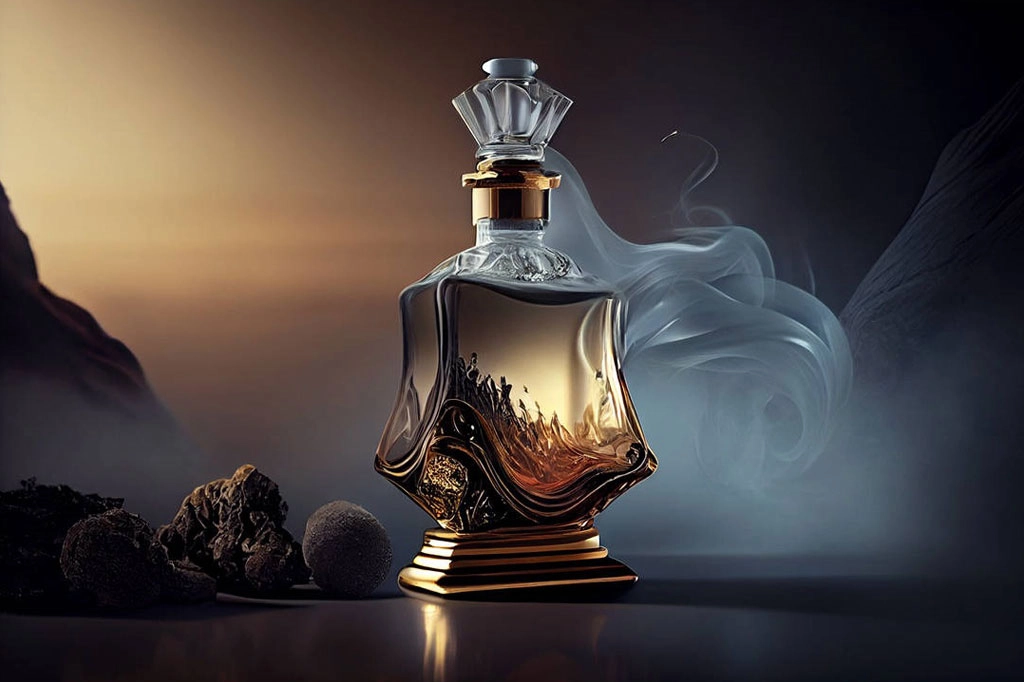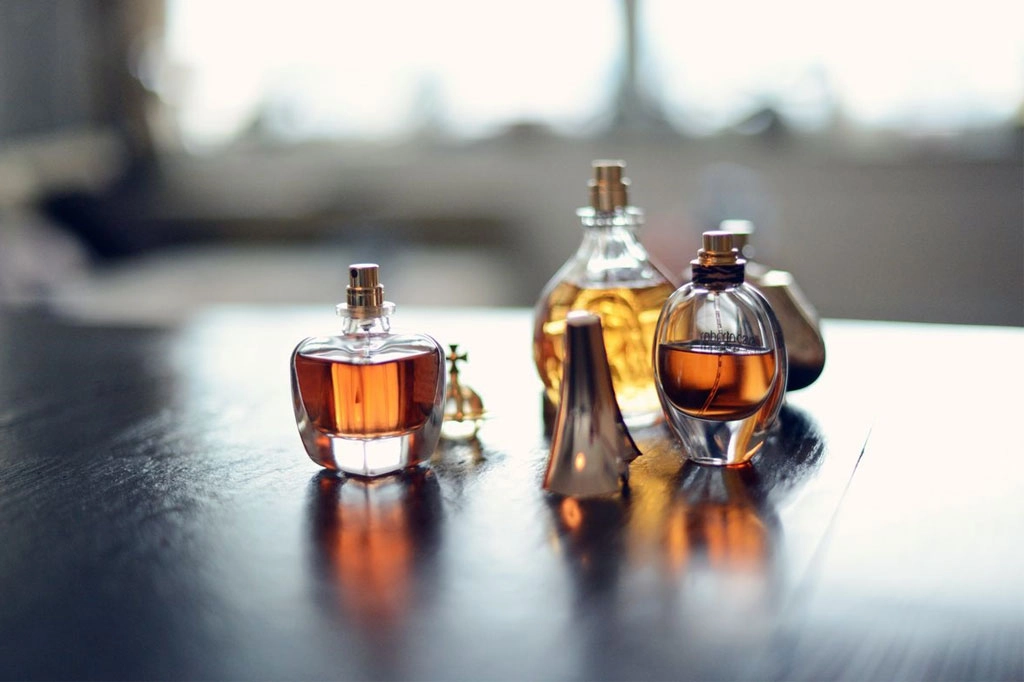The art of decorating glass perfume bottles is a fusion of tradition and innovation, where aesthetics meet functionality. This process not only enhances the visual appeal of the perfume bottles but also serves as a branding tool.
The decoration techniques vary widely, each with its own set of advantages and unique effects.
In this article, we delve into the various methods including labeling, heat transfer, silk screen printing, hot stamping, vacuum coating, spray coating, frosting, pad printing, and etching.
Labeling
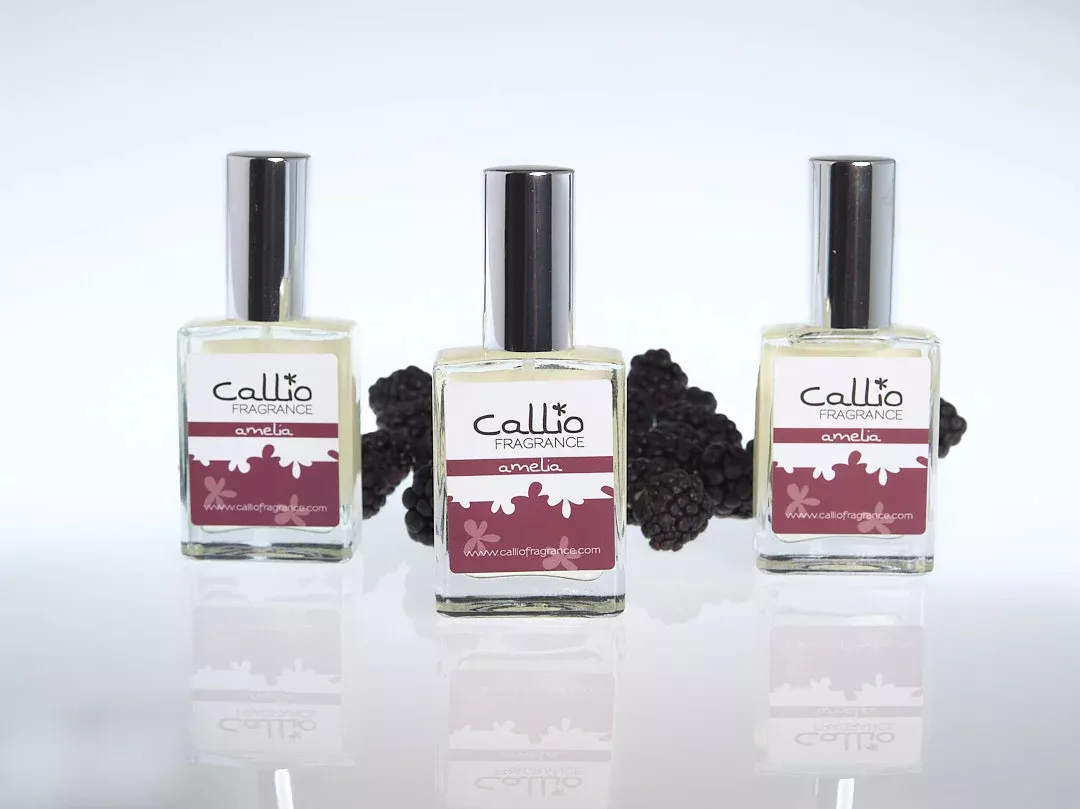
Labeling is the most straightforward decoration technique, where labels are applied directly to the glass surface. This method allows for high flexibility in design changes and is cost-effective for small to large production runs.
Labels can be made from paper, plastic, or metal foil, and can be affixed using adhesives or shrink-wrap processes. The key to successful labeling lies in the selection of materials and adhesives that adhere well to glass and withstand environmental factors like moisture and temperature changes.
Heat Transfer
Heat transfer involves transferring a design from a carrier film to the glass surface using heat and pressure. This method provides a high-quality, durable decoration that can cover the complex shapes of the custom perfume bottle.
Heat transfer decorations offer excellent resistance to wear, chemicals, and water, making them ideal for high-end perfume bottles. The process allows for vibrant, full-color graphics with a seamless, no-edge finish.
Silk Screen Print
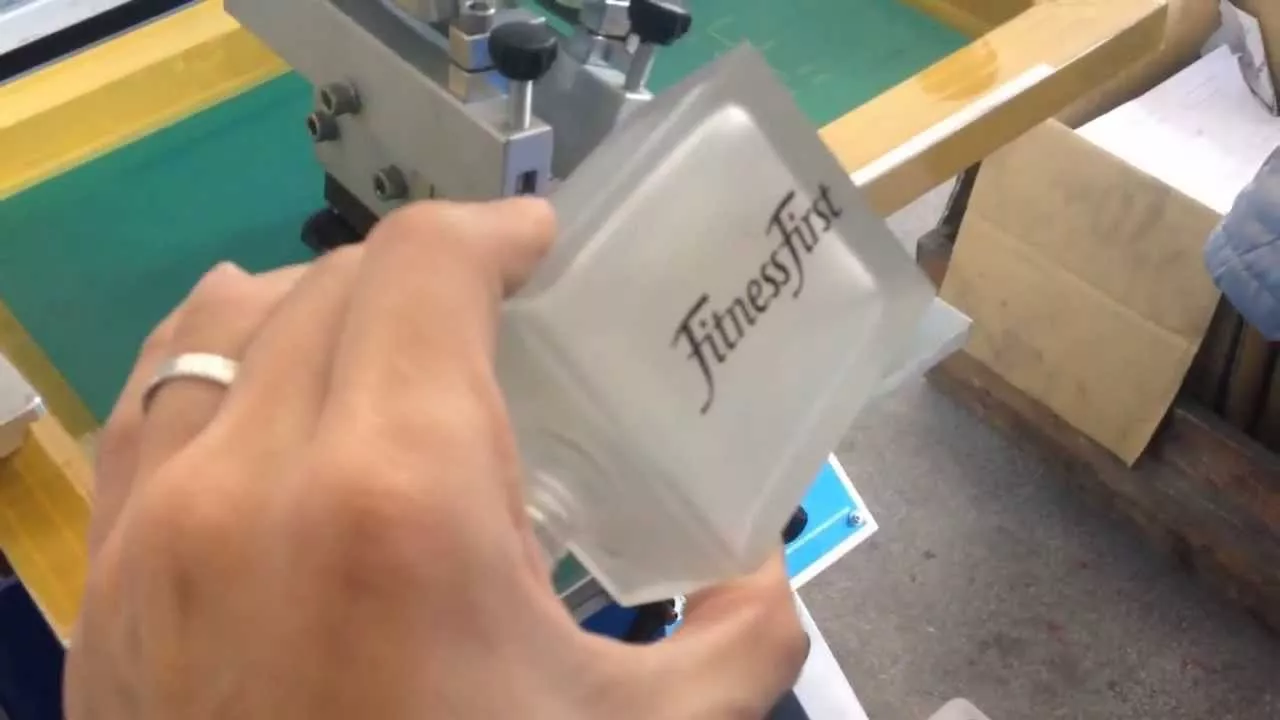
Silk screen printing, a popular choice for glass decoration, involves transferring ink through a mesh screen onto the glass surface. It can achieve a high level of detail and durability, making it suitable for both simple logos and complex, multi-colored designs.
It’s particularly favored for its ability to apply special inks, such as metallic, UV-sensitive, and glow-in-the-dark inks.
Hot Stamping
Hot stamping uses heat and pressure to transfer pre-dried ink or foils to the glass surface. This technique is perfect for adding shiny, metallic finishes or holographic designs to perfume bottles.
Hot stamping produces a distinctive, elegant look that can highlight brand logos or decorative elements, adding a touch of luxury to the product.
Vacuum Coating
Vacuum coating, or metallization, involves applying a thin metallic layer to the glass surface under vacuum conditions. This method creates a reflective, mirror-like finish that can dramatically transform the appearance of a perfume bottle.
Vacuum coating not only enhances the aesthetic appeal but also provides a barrier that can protect the glass and the perfume from UV light. It’s a favored technique for creating high-end, luxurious packaging designs.
Spray Coating
Spray coating applies a uniform layer of paint or varnish to the glass surface, using either manual or automated spray guns. It allows for a wide range of colors and finishes, including matte, glossy, transparent, and opaque effects.
Spray coating can be used to achieve full coverage or gradient effects, offering endless possibilities for customization. It’s particularly valued for its ability to produce consistent, high-quality results across large batches.
Frosting
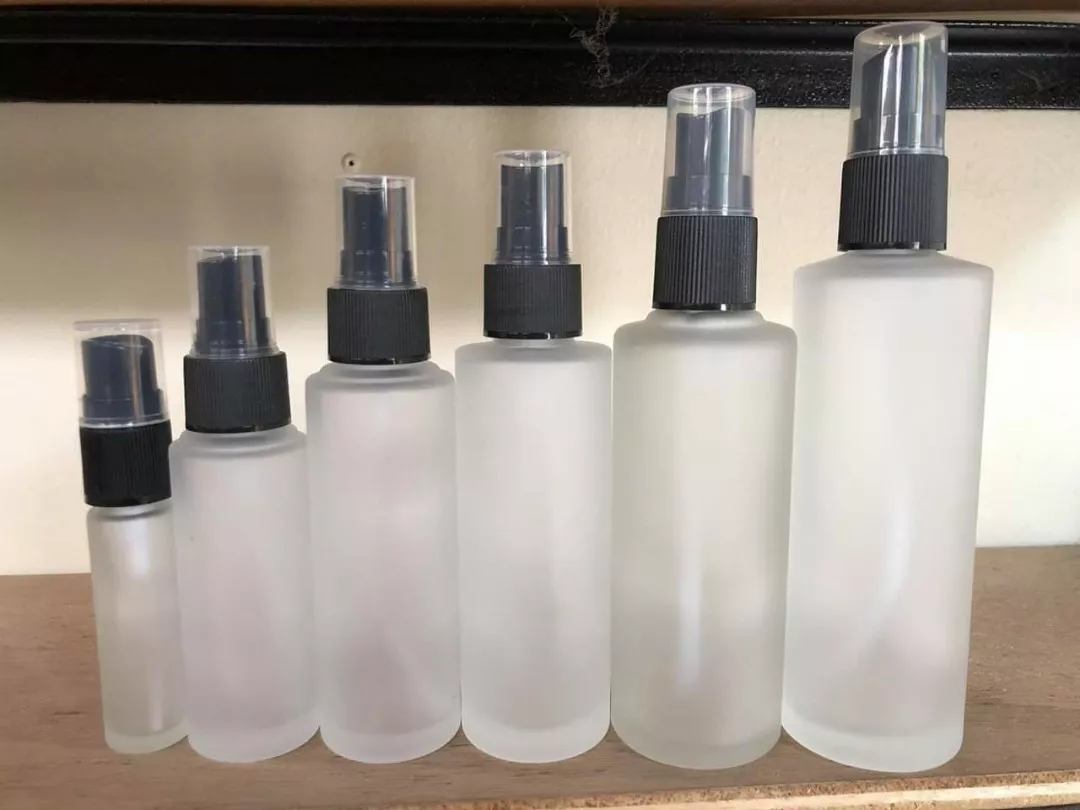
The frosting gives the glass a translucent, matte finish that resembles ice, achieved through acid etching or sandblasting. It adds a tactile quality to the bottle and diffuses the light, creating a soft, elegant look.
Frosting can be applied selectively to create patterns or designs, enhancing the visual and tactile appeal of the perfume bottle.
Pad Printing
Pad printing is a flexible decorating method that applies a 2D image onto a 3D surface using a silicone pad. It’s particularly well-suited for applying detailed, multi-colored designs to irregularly shaped bottles.
Pad printing can achieve fine lines and text, making it ideal for branding and detailed decorative elements. The flexibility and precision of pad printing make it a popular choice for intricate designs.
Etching
Etching creates permanent, frosted designs on the glass surface by using acidic, caustic, or abrasive substances. This method offers a high level of detail and a unique texture that can’t be replicated by other decoration techniques.
Etched designs are durable and resistant to fading, providing a subtle, elegant decorative effect that enhances the bottle’s aesthetics without overwhelming it.
Conclusion
The decoration of glass perfume bottles is an art that requires a deep understanding of various techniques and their potential to transform a simple container into a piece of luxury.
From the traditional elegance of etching and frosting to the modern appeal of vacuum coating and heat transfer, each method offers unique benefits and aesthetic outcomes.
The choice of decoration technique depends on the desired effect, the brand identity, and the target market.

